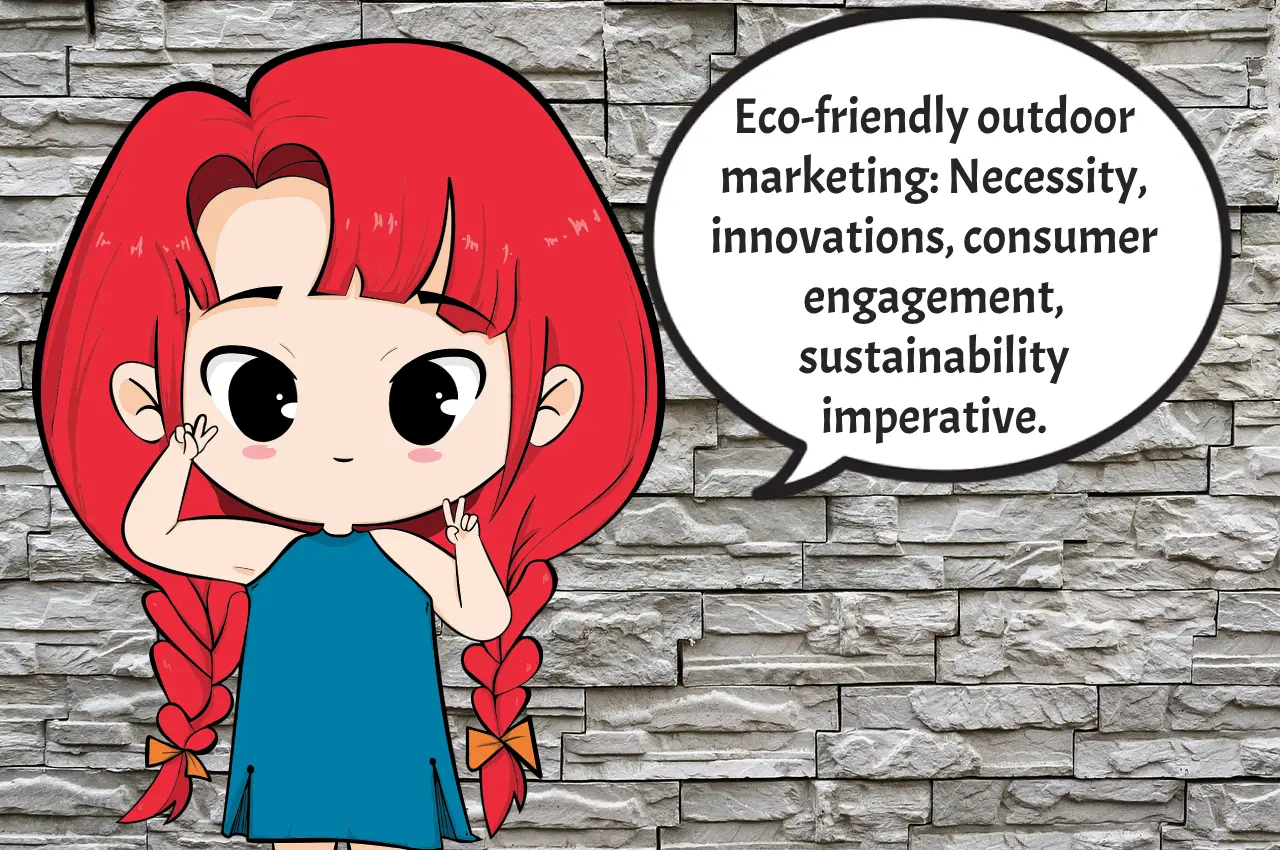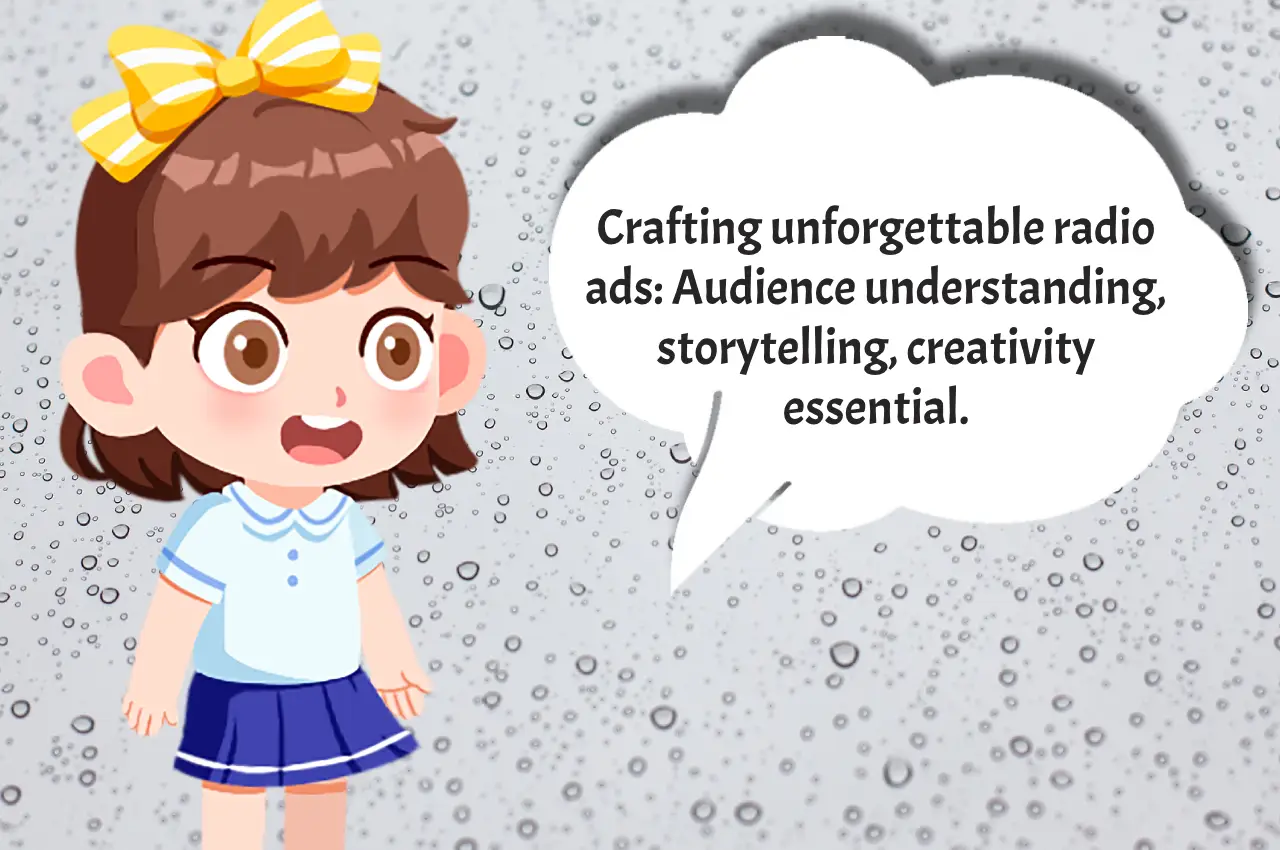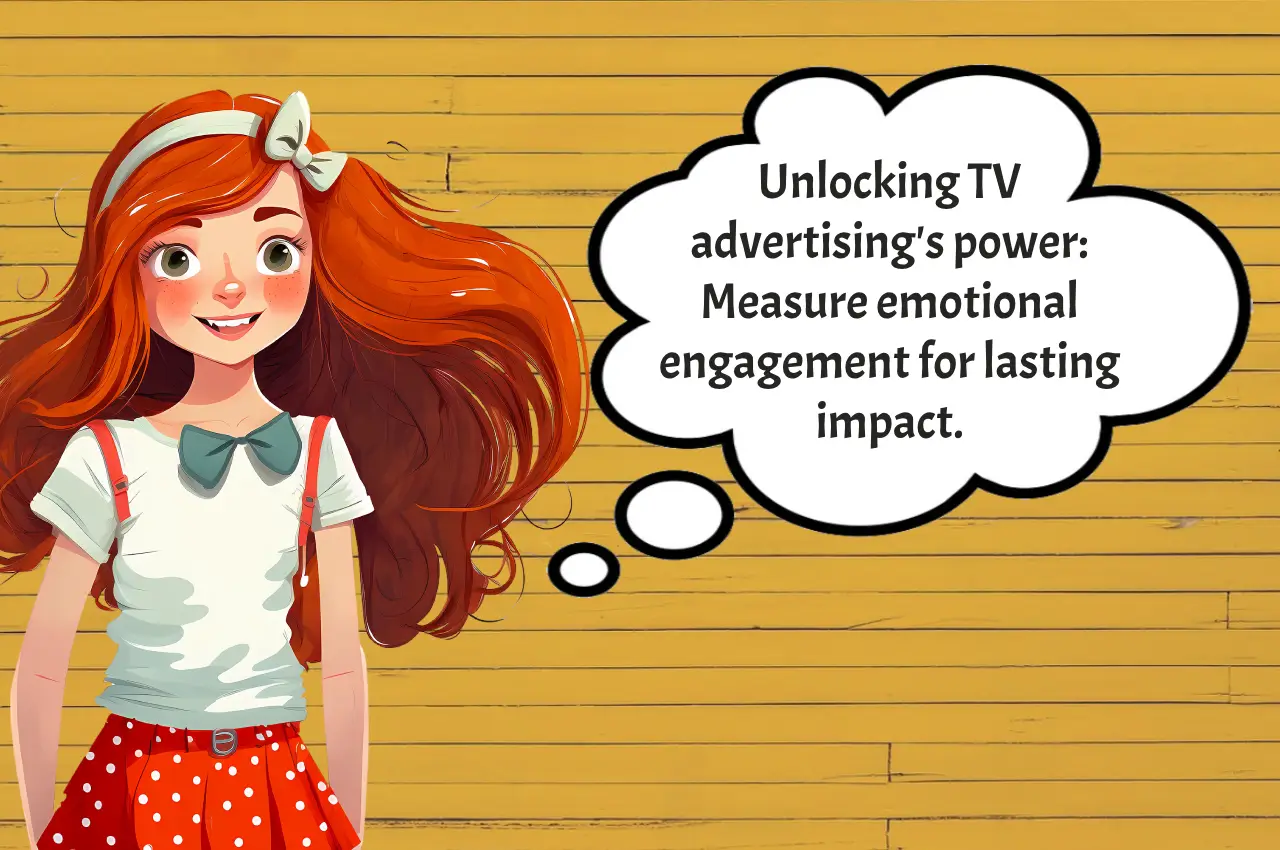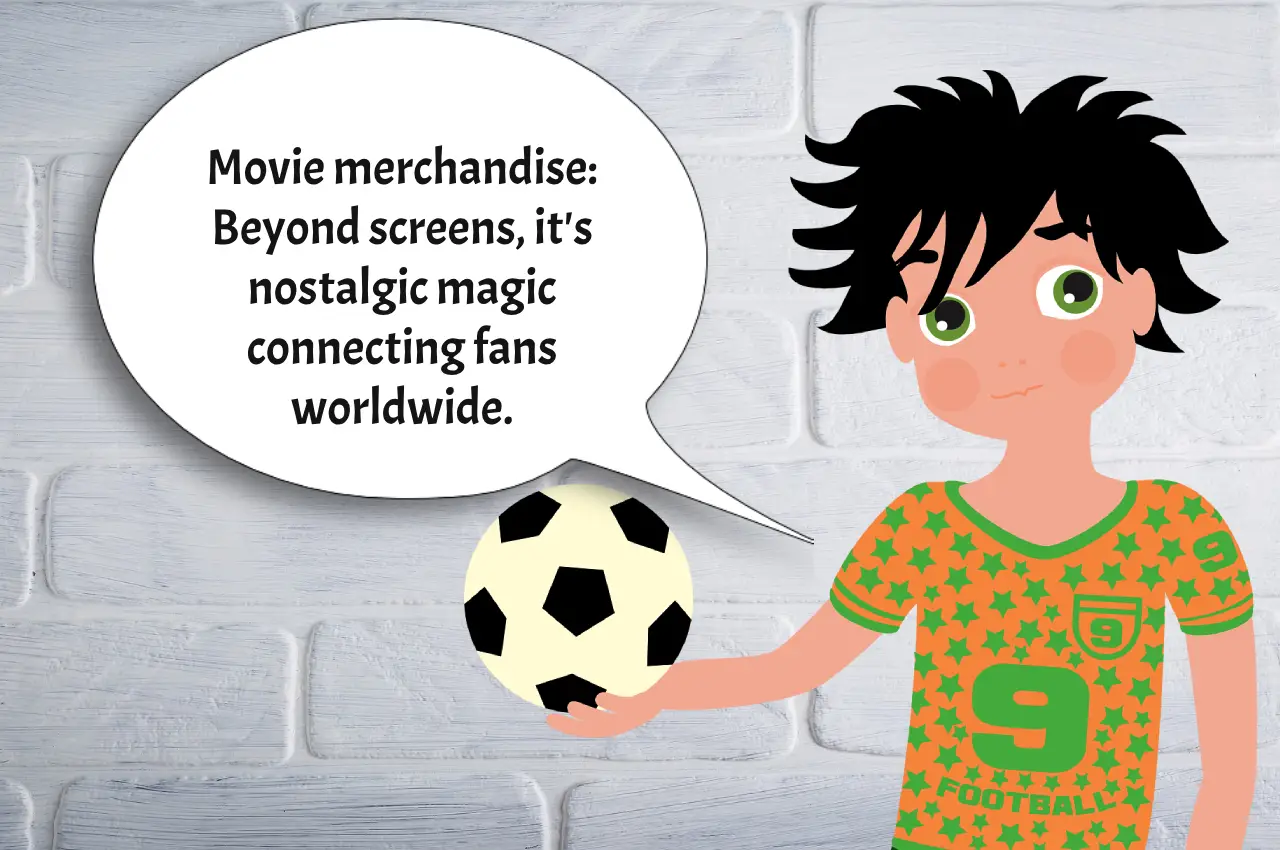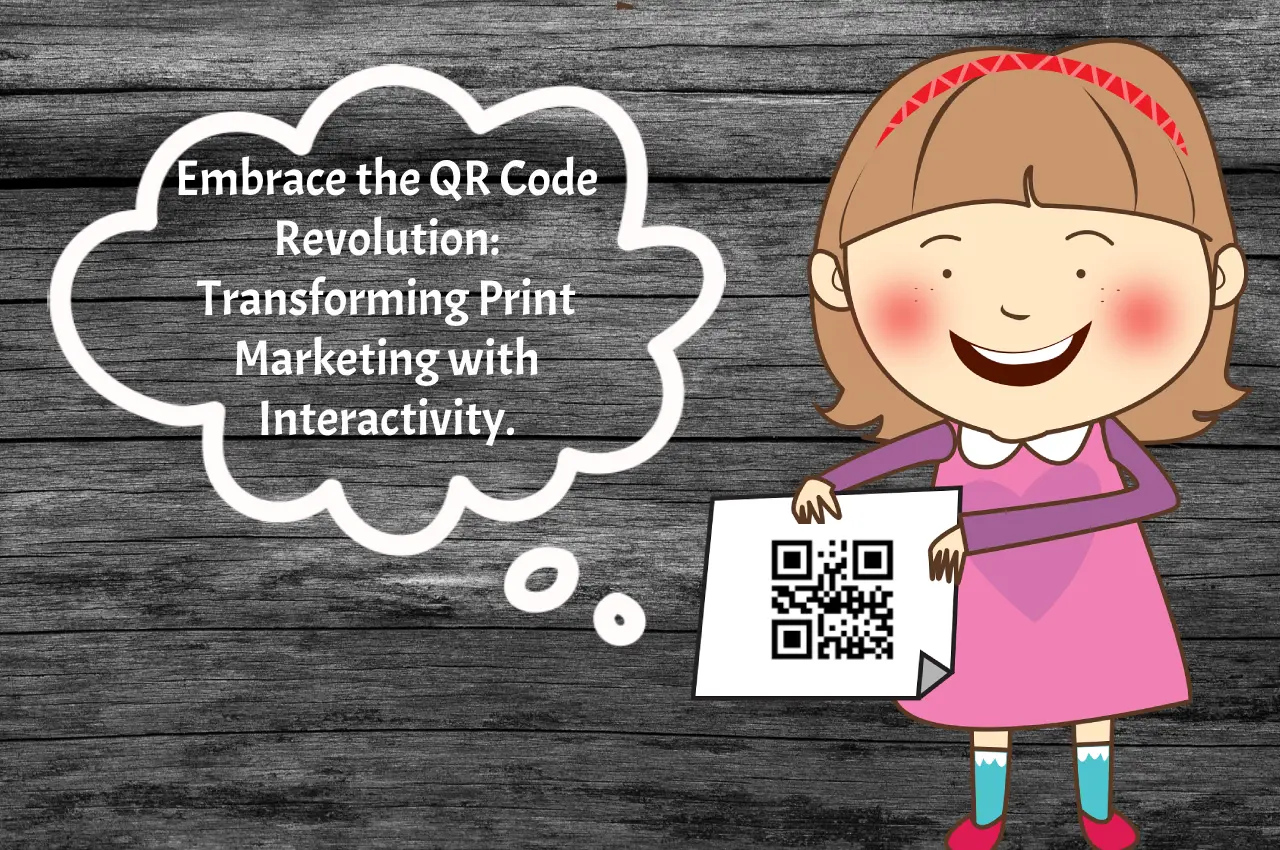In today’s world, eco-consciousness is not just a trend – it’s a necessity. Outdoor marketing, a sector once notorious for its environmental impact, is undergoing a significant transformation. This blog post dives into how sustainability is reshaping advertising outdoors with eco-friendly outdoor marketing.
Understanding Eco-Friendly Outdoor Marketing
Eco-friendly outdoor marketing is about creating ads that are kind to our planet. It’s not just using recyclable materials. It’s a holistic approach to advertising that respects the environment every step of the way.
The Shift to Sustainable Materials
Billboards, once made from vinyl and other harmful materials, are now evolving. Companies are using biodegradable fabrics and inks derived from natural sources. These materials break down easily, reducing environmental harm.
Digital Advancements
LED technology is revolutionizing outdoor screens. These energy-efficient displays reduce electricity use drastically. Plus, they offer clearer images, making your message stand out.
The Power of Solar Energy
Solar-powered billboards and signs are a game-changer. They harness the sun’s energy, reducing dependence on fossil fuels. This switch not only cuts down on emissions but also resonates with eco-conscious consumers.
Real-Life Examples of Eco-Friendly Outdoor Marketing
Let’s look at some inspiring examples:
Patagonia’s Bold Move
Patagonia, the outdoor clothing brand, is a leader in sustainable marketing. They use recycled materials for their billboards and actively promote environmental causes. Their campaigns often tell stories of conservation, making a strong impact.
IKEA’s Green Initiative
IKEA, the furniture giant, launched a campaign using billboards made from growing plants. These “living billboards” not only captured attention but also purified the air around them.
The Benefits of Going Green in Outdoor Marketing
Embracing eco-friendly practices in outdoor marketing has numerous benefits:
Building Brand Reputation
Brands that go green are often seen as responsible and forward-thinking. This enhances their reputation and appeals to a growing segment of environmentally aware consumers.
Long-Term Cost Savings
While eco-friendly materials might seem expensive upfront, they often lead to savings. Solar-powered lights and digital displays, for instance, cut down on energy costs in the long run.
Compliance with Regulations
Many regions are introducing strict environmental regulations. By adopting green marketing practices, companies stay ahead of these laws, avoiding potential fines.
Challenges and Solutions
Transitioning to eco-friendly outdoor marketing isn’t without its challenges. But there are solutions:
High Initial Investment
The switch to green materials and technology can be costly at first. Businesses should view this as a long-term investment. Over time, the cost savings and brand benefits outweigh the initial expense.
Finding the Right Partners
Not all suppliers are equipped for eco-friendly production. Brands should partner with suppliers who share their environmental values. This ensures a sustainable supply chain from start to finish.
The Future of Outdoor Marketing
Sustainability in outdoor marketing is not just a passing trend. It’s the future. As technology evolves, we’ll see even more innovative and environmentally friendly marketing solutions.
Innovations on the Horizon
The future of eco-friendly outdoor marketing is bright with innovation. Imagine billboards that not only advertise but also generate wind energy or capture rainwater for urban gardening. These are not far-fetched ideas but real possibilities being explored.
Consumer Engagement
Future eco-friendly campaigns will likely focus more on engaging with consumers directly. Interactive installations that educate and involve people in environmental causes could become a norm. This approach not only promotes a brand but also drives home the message of sustainability.
The Role of AI and Big Data
Artificial Intelligence (AI) and Big Data are set to play a significant role in eco-friendly outdoor marketing. By analyzing consumer behavior and environmental data, campaigns can become more targeted and less wasteful. This means fewer resources are used to create more effective marketing strategies.
We all have a role in shaping a sustainable future. As consumers, we can support brands that prioritize the environment. As marketers, we can make a conscious choice to adopt eco-friendly practices.
Let’s start a conversation about the changes we want to see. Share your thoughts on eco-friendly outdoor marketing in the comments below. Have you seen any inspiring examples lately? Let’s discuss and inspire each other towards a greener future!

